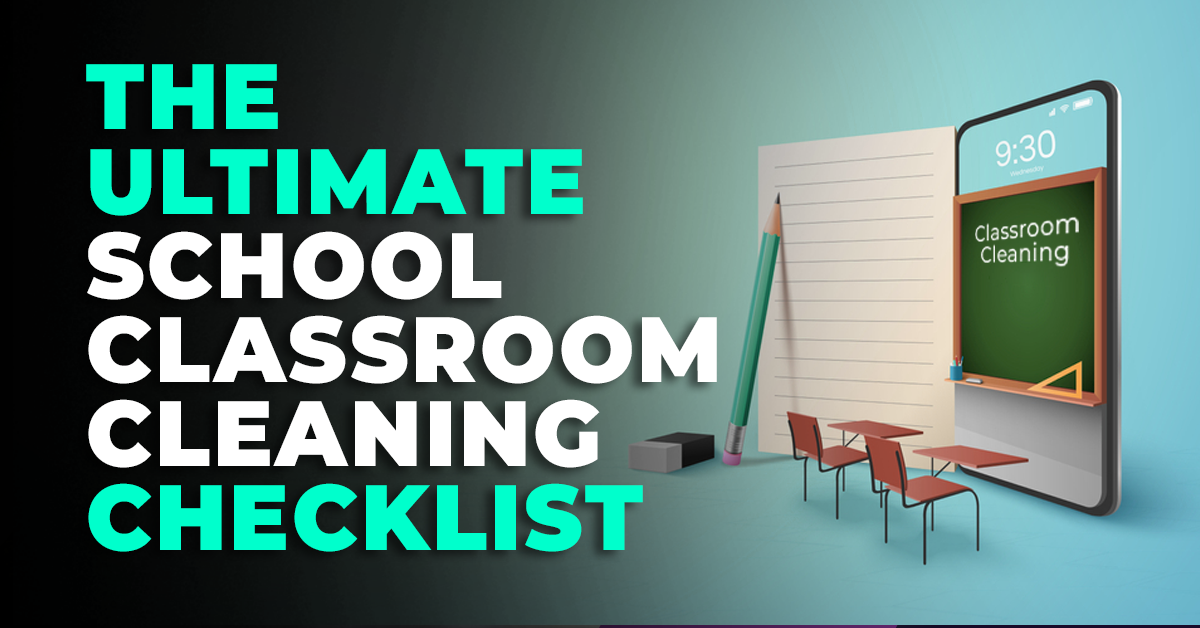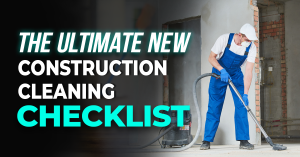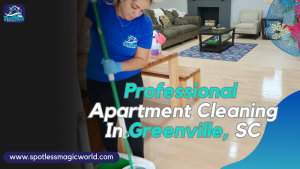Licensed And Insured

The Ultimate School Cleaning Classroom Checklist
To ensure that students can learn and develop in a healthy atmosphere, it is essential to maintain a clean and organized classroom. A clean classroom checklist should include the following basic elements: classroom hygiene, school cleaning processes, classroom maintenance, disinfecting surfaces, cleaning equipment, organizing classroom supplies, and sanitizing items.
A tidy classroom fosters a healthy learning environment, maintains children in good health, and aids in teacher organization. Maintaining a clean and organized classroom can be difficult, though, with so many responsibilities to accomplish daily. That’s where a clean classroom checklist comes in handy.
Importance of Keeping Classrooms Clean
To maintain a clean and healthy classroom, it is essential to incorporate effective cleaning procedures and maintenance practices. By following proper school cleaning procedures and implementing a thorough classroom hygiene routine, teachers and cleaning staff can help promote a safe and healthy learning environment for students.

Benefits of Having a Cleaning Checklist
A cleaning checklist can help ensure that all classroom areas are cleaned regularly, promoting a healthy and welcoming space for students to learn in. Here are some key benefits of implementing a cleaning checklist:
1. Regular Cleaning: A cleaning checklist ensures that all cleaning tasks are completed regularly, reducing the risk of illness-causing germs and bacteria from accumulating.
2. Consistency: By having a set list of cleaning tasks to follow, teachers and cleaning staff can ensure that all classroom areas are cleaned consistently. This leaves no room for any areas being overlooked or forgotten.
3. Time Management: It can help with time management by breaking down cleaning tasks into daily, weekly, monthly, and yearly goals. This allows for better organization, planning, and delegation of tasks, making it easier to keep the classroom clean and well-maintained.
4. Health and Safety: A clean and well-maintained classroom reduces the risk of accidents and injuries. Cleaning tools and products should be clearly identified, and health and safety protocols should be implemented to ensure the safety of both students and staff.
5. Staff Training: Training cleaning staff on effective cleaning practices, cleaning tools, and products, and cleaning standards and guidelines is important to maintain consistency and achieve optimal results.
6. Classroom Cleanliness: Implementing a cleaning checklist promotes classroom cleanliness, helping to create a comfortable and inviting learning environment for students. Classrooms that are clean and organized promote better concentration and focus, ultimately leading to improved academic performance.
Daily Cleaning Tasks
By having a regular cleaning schedule in place, teachers and cleaning staff can ensure that high-traffic areas are cleaned and sanitized regularly and classroom supplies are organized and easily accessible. Ensure that classrooms are maintained clean and hygienic daily by performing the following tasks.
- Sweeping and Mopping the Floors: A clean classroom begins with clean floors. Sweeping and mopping the floors daily prevents dirt, dust, and debris from collecting on the surface.
- Cleaning the Whiteboard/Chalkboard: Instructors use whiteboards or chalkboards to teach their classes. Ensure that these are wiped down daily with a clean cloth and disinfectant to prevent the buildup of chalk dust or marker stains.
- Checking and Restocking Classroom Supplies: Check supplies like pencils, erasers, pens, markers, and paper to ensure they are adequately stocked for the next day.
- Emptying Trash Cans and Recycling Bins: Waste cans and recycling bins must be emptied daily to prevent foul smells and reduce the risk of pests.
- Wiping Down Surfaces and Disinfecting High-Touch Areas: High-touch surfaces like door handles, light switches, and desks must be disinfected daily to prevent the spread of germs.
Weekly Cleaning Tasks
Weekly cleaning tasks are the essential chores that need to be done regularly to maintain a clean and organized school environment.
- Dusting and Cleaning Furniture: Dust and clean all furniture in the classroom, including chairs, tables, and bookshelves.
- Vacuuming Carpets and Rugs: Vacuum carpets and rugs to prevent dust and allergens from accumulating.
- Cleaning Windows and Mirrors: Wipe down windows and mirrors to ensure they are smudge-free.
- Disinfecting Electronic Devices (Computers, Tablets, etc.): Electronic devices like computers and tablets should be disinfected regularly to prevent the spread of germs.
- Sanitizing Art Supplies: Sanitize art supplies like paintbrushes and scissors weekly to keep them hygienic.
Monthly Cleaning Tasks
Classroom cleanliness is essential for maintaining good hygiene and preventing the spread of illnesses and creating a positive learning atmosphere for students.
- Deep-Cleaning Carpets and Upholstery: It is important to deep-clean carpets and upholstery monthly, as they can accumulate dirt and stains quickly. Deep cleaning will help to remove dirt, stains, and odors, leaving your carpets and upholstery looking and smelling fresh. This will also help to improve indoor air quality by removing dust and allergens that can trigger asthma and allergies.
- Washing Curtains or Blinds: Curtains or blinds are often overlooked when it comes to cleaning, but they can collect dust and other allergens over time. Removing and washing them monthly will help keep them fresh and free from dust and allergens. It will also allow for better natural light to enter the classroom, creating a bright and welcoming atmosphere for students.
- Cleaning Air Conditioning Filters: Air conditioning filters should be cleaned monthly to ensure proper airflow and improve indoor air quality. Dirty filters can reduce the air conditioning system’s efficiency, leading to higher energy bills and poor air quality. Cleaning the filters monthly will help prevent this and ensure that students breathe clean air.
- Wiping Down Walls and Baseboards: Walls and baseboards can become scuffed and marked over time, detracting from the overall cleanliness of the classroom. Wiping down walls and baseboards monthly will help to remove any scuffs or marks, making the classroom look fresh and new. It will also prevent the buildup of dust and allergens on these surfaces.
- Cleaning and Organizing Storage Areas: Storage areas can quickly become cluttered and disorganized, making it difficult to find supplies when needed. Monthly cleaning and organizing of storage areas will ensure they are easy to navigate, with all items in their proper place. This will save time and improve efficiency when accessing classroom supplies.
Yearly Cleaning Tasks
- Shampooing Carpets and Rugs: Shampoo carpets and rugs yearly to remove deep-seated stains and odors.
- Waxing or Polishing Floors: Polish or wax floors yearly to maintain their shine.
- Cleaning Light Fixtures and Ceiling Fans: Clean light fixtures and ceiling fans yearly to remove dust and improve indoor air quality.
- Disinfecting the Classroom Library: Disinfect the classroom library yearly to prevent the spread of germs.
- Thoroughly Cleaning and Organizing Supply Cabinets: Clean, organize and discard expired or broken items yearly.
Conclusion
Creating a clean classroom checklist is essential for teachers and cleaning staff to maintain a hygienic and organized learning environment. By utilizing effective cleaning practices, following health and safety protocols, and adhering to cleaning standards and guidelines, a healthy and welcoming atmosphere can be created for students.
In addition to proper cleaning techniques and products, cleaning staff training plays a vital role in maintaining classroom cleanliness. By educating the cleaning staff on the importance of maintaining a clean and organized classroom, they will understand how to properly utilize cleaning tools and products while following effective cleaning practices.
By incorporating effective cleaning practices, following health and safety protocols, and providing appropriate cleaning tools and training for staff, teachers and cleaning staff can work together to ensure that their classrooms remain clean and organized.



